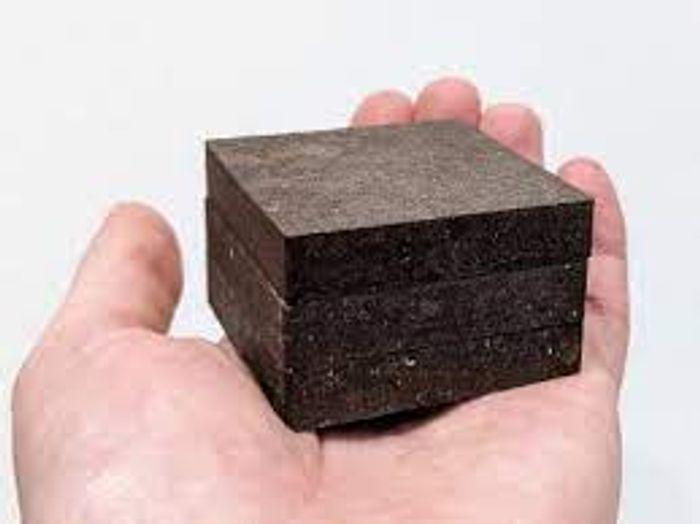London: A team of scientists in the UK has created a new material, dubbed 'StarCrete' which is made from extra-terrestrial dust, potato starch, and a pinch of salt and could be used to build houses on Martian surface.
Building infrastructure in space is currently prohibitively expensive and difficult to achieve.
But, StarCrete offers one possible solution, according to the team at the University of Manchester.
They used simulated Martian soil mixed with potato starch and a pinch of salt to create the material that is twice as strong as ordinary concrete and is perfectly suited for construction work in extra-terrestrial environments.
In an article published in the journal Open Engineering, the research team demonstrated that ordinary potato starch can act as a binder when mixed with simulated Mars dust to produce a concrete-like material.
When tested, StarCrete had a compressive strength of 72 Megapascals (MPa), which is over twice as strong as the 32 MPa seen in ordinary concrete. Starcrete made from moon dust was even stronger at over 91 MPa.
This work improves on previous work from the same team where they used astronauts' blood and urine as a binding agent. While the resulting material had a compressive strength of around 40 MPa, which is better than normal concrete, the process had the drawback of requiring blood on a regular basis. When operating in an environment as hostile as space, this option was seen as less feasible than using potato starch.
"Since we will be producing starch as food for astronauts, it made sense to look at that as a binding agent rather than human blood. Also, current building technologies still need many years of development and require considerable energy and additional heavy processing equipment which all adds cost and complexity to a mission," said lead researcher Dr Aled Roberts from the varsity's Future Biomanufacturing Research Hub.
"StarCrete doesn't need any of this and so it simplifies the mission and makes it cheaper and more feasible," he said. Roberts' newly launched start-up DeakinBio is exploring ways to improve StarCrete so that it could also be used in a terrestrial setting.
If used on earth, StarCrete could offer a greener alternative to traditional concrete. It can be made in an ordinary oven or microwave at normal 'home baking' temperatures, therefore offering reduced energy costs for production and global carbon dioxide (CO2) emissions. —IANS
UK Scientists Develop 'Cosmic Concrete' To Build Houses On Mars
 T
TApr 24, 2023, 12:57 PM
